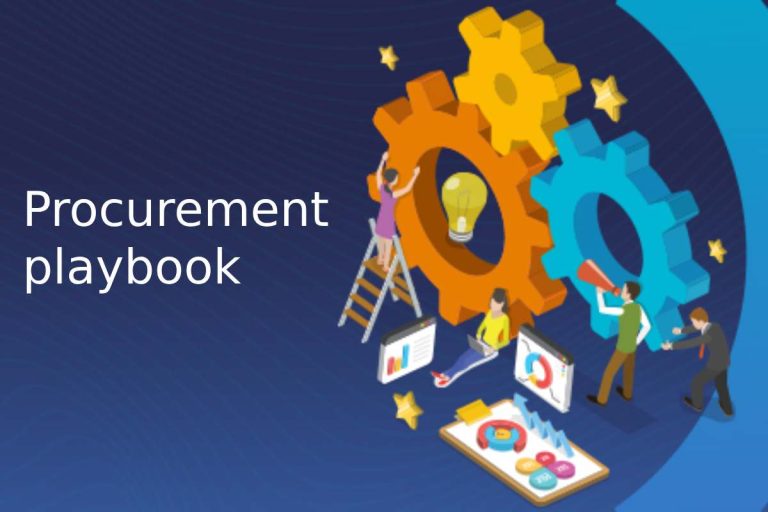What is something common behind every delicious food you’ve ever had? It is the finely used equipment, that is the gas stove. A gas stove, when used efficiently, can help you make wonders with the most common ingredients. A gas stove is the soul of your kitchen and is the companion to every chef out there.
It doesn’t matter whether you’re a professional cook or someone who’s just starting cooking; you need a good stove as it directly impacts the quality of your food. The process of cooking is very intricate, and a good gas stove can help you make the process smooth. This blog discusses why you need a gas stove in your kitchen, its types, and things to consider when buying an online gas stove.
Table of Contents
Why Do You Need A New Gas Stove?
If you’re someone who likes to cook food very often, you must be aware of the delicacy that goes into cooking. A gas stove is known for its flexible and better heat control when compared to induction stoves. While induction stoves are energy efficient, gas stoves are better for their usability, even in power outages and how they are compatible with every cookware.
A gas stove brings out the flavour and fragrance of your dish if used in the right manner. Even chefs prefer using a gas stove rather than an induction stove, because of the better functionality. If you’re facing problems with your old stove, then here are four reasons why you need a new online gas stove:
- Uneven Heating
Uneven heating in your old gas stove can spoil the quality of your food. It leads to some food being overcooked and some not being cooked at all. This ruins the overall process and spoils the taste and texture of your meal.
2. Repairs Now And Then
Your old stove might be on the verge of breaking down if it requires maintenance and repair every now and then. Also, old gas stoves do not have the modern functionality of new stoves on the market. The new online gas stoves come with a lot more advanced features to assist you in cooking delicious meals.
3. Weakened Flame Quality
A good flame is blue in colour, and if it is yellow or orange, then there’s a problem with your gas stove. If you see black soot after cooking meals in your cookware, then you need a new gas stove. It is the carbon soot that often reflects the degrading quality of the flame. Upgrading to a new online gas stove can help you prevent this and also enhance your cooking experience.
4. Old Safety Features
Old gas stoves often lack safety features, in contrast to the newer ones. Cooking can be an enjoyable experience, but you also need to make sure it’s a safe process. So buy a gas burner that has the latest safety measures to avoid any accidents.
Types Of Gas Stoves
There are gas stoves for your every need, be it you’re a small family or a joint family. These stoves come in different sizes and in different materials. Given below are the types of gas stoves on the basis of the number of burners and the kind of material used.
On the basis of the number of burners:
2-Burner
If you’re a small family looking to shop gas stove, then a 2-burner stove is the ideal gas stove, as it is particularly built for smaller families.
3-Burner
These stoves are generally used by medium-sized families. They provide the flexibility of cooking several dishes simultaneously with ease.
4-Burner
These gas stoves are built for large families, often used in family gatherings to cook several dishes at the same time. So if you want to shop gas stove for your joint family, then a 4-burner stove is the right fit.
5-Burner
The 5-burner gas stoves are generally used by cooking professionals or during large-scale cooking, which helps you save both time and effort.
On the basis of the material:
- Stainless Steel
If durability is what you’re looking for, then stainless steel stoves should be your top pick. These gas stoves are resistant to corrosion and are also easy to clean.
- Glass Top
If you’re looking for aesthetics to enhance the look of your kitchen, then a glass top stove is the one you should consider. The glass top stove gives more of a shiny and modern design vibe.
Things To Consider When Buying A Gas Stove Online
Buying a new gas stove not only helps you in a great cooking experience but also boosts the aesthetic of your kitchen. If you’re looking to shop gas stove, then there are a number of things you need to consider before buying one:
- Safety Features
Cooking is an enjoyable experience if done with proper care. Whenever you want to buy a gas stove, ensure that the safety features are all up-to-date.
- Number Of Burners
Consider the number of burners depending on the number of members in your family.
- Functionality
If you are looking to shop gas stove, then go for the one with the most advanced features to simplify your cooking process.
- Brand Reputation
Thinking about a new gas stove? Look into the brand’s history and customer feedback first. Customer opinions matter. Examine reviews of their products and services to gauge customer satisfaction.
Final Thoughts
Ever felt like effortlessly preparing your favourite meals? That’s possible with an efficient gas stove. It’s efficient, reliable, and elevates your culinary experience. Cooking is easier, and your kitchen looks great. Moreover, you can visually assess the flame and adjust it accordingly to your cooking needs.
When it comes to online gas stoves and other kitchen appliances, Glen Appliances is the perfect option among the many. Glen Appliances offers the best cooking appliances with the most advanced features. Their appliances give a premium look to your kitchen’s interior. They’ve been selling in India for more than 20 years now, which makes them quite a reputable brand. Visit their website now and explore their broad range of cooking appliances.










